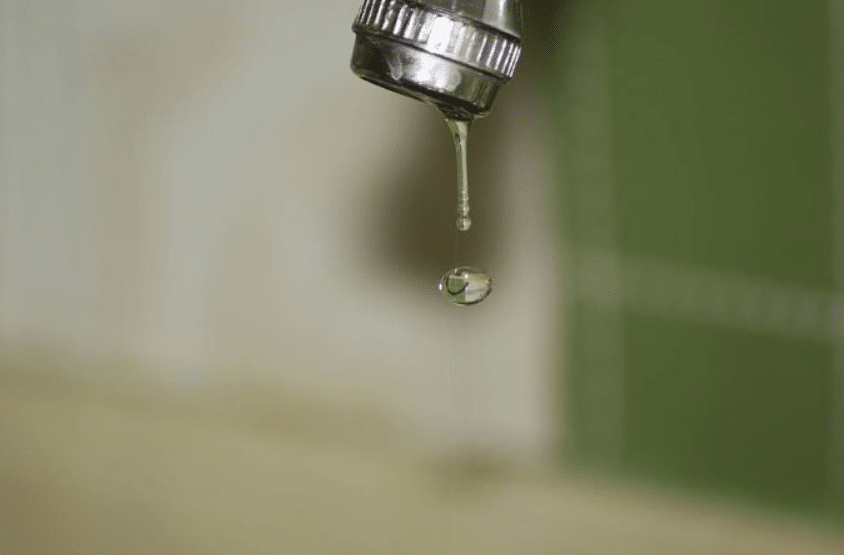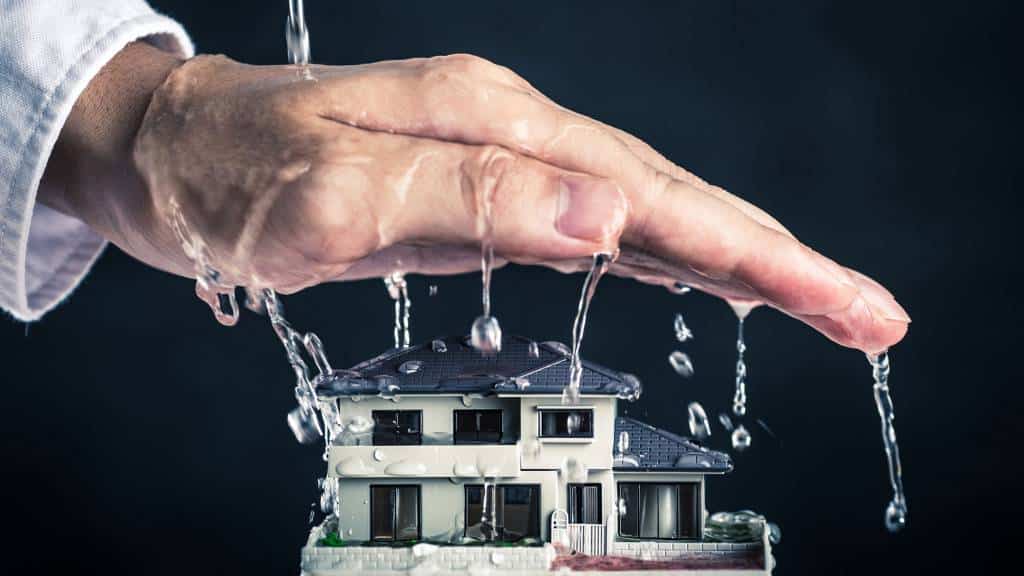The Home's Common Typical Leak Factors: Investigation
The Home's Common Typical Leak Factors: Investigation
Blog Article
Nearly everybody has their own unique theory in relation to Top Causes of Home Water Leaks.

Leaks not only cause waste of water but can also cause unneeded damages to your house and promote undesirable natural growth. Water leakages may go undetected considering that most of the pipework in our residence is concealed. By looking and also comprehending for day-to-day circumstances that create leaks, you can protect your home from future leaks as well as unnecessary damage. Today, we will consider six leakage creates that might be triggering your pipelines to drip.
Intruding origins
The majority of water leaks start outside your home rather than inside it. If you observe a sudden decline in water stress, say in your faucet, take some time to head out and examine your lawn. You could discover wet patches or sinkholes in your lawn, which could mean that tree origins are attacking water lines causing water to leak out. You can have your plumber look for invasion, particularly if you have trees or shrubs near your residential property.
Rusty water systems
As time passes by, your plumbing system ages as well as deterioration such as corrosion might begin gnawing the pipelines. This could be the cause of discoloration or warping on your water pipes. This calls for an evaluation with your plumber promptly. If our plumbing system is old, take into consideration changing the pipelines because they are at a greater threat of corrosion than the more recent versions.
Faulty Pipeline Joints
Pipe joints can deteriorate over time, resulting in water leaks. If you have noisy pipes that make ticking or banging noises, specifically when the warm water is transformed on, your pipeline joints are most likely under a whole lot of pressure.
Instant temperature modifications.
Extreme temperature modifications in our pipelines can create them to expand and acquire suddenly. This development and also tightening may cause cracks in the pipes, especially if the temperature are listed below cold.
Poor Water Connectors
Sometimes, a leakage can be triggered by loose hose pipes and pipes that provide your appliances. Generally, moving is what creates the loosened water Links. You could discover when it comes to a washing machine, a pipe might spring a leak due to shaking throughout the spin cycle. In case of a water connections leak, you might notice water running directly from the supply line or puddles around your appliances.
Obstructed Drains
Clogged drains may be bothersome and also inconveniencing, yet they can in some cases end up triggering an overflow causing break pipelines. Maintain getting rid of any type of products that may go down your drains pipes that can block them to avoid such inconveniences.
All the above are sources of leakages however not all water leakages result from plumbing leaks; some leakages may come from roof covering leaks. All leaks should be repaired quickly to prevent water damages.
Leaks not just trigger waste of water however can likewise cause unneeded damages to your home as well as advertise unwanted natural growth. By looking as well as comprehending for everyday situations that create leakages, you can secure your home from future leakages as well as unnecessary damages. Today, we will look at 6 leak causes that might be triggering your pipes to trickle.
At times, a leak can be created by loose tubes and pipelines that provide your home appliances. In instance of a water links leak, you might see water running straight from the supply line or puddles around your appliances.
How To Check For Water Leak In Your Home
How To Check for Leaks
The average household's leaks can account for nearly 10,000 gallons of water wasted every year and ten percent of homes have leaks that waste 90 gallons or more per day. Common types of leaks found in the home are worn toilet flappers, dripping faucets, and other leaking valves. These types of leaks are often easy to fix, requiring only a few tools and hardware that can pay for themselves in water savings. Fixing easily corrected household water leaks can save homeowners about 10 percent on their water bills.
To check for leaks in your home, you first need to determine whether you're wasting water and then identify the source of the leak. Here are some tips for finding leaks:
Take a look at your water usage during a colder month, such as January or February. If a family of four exceeds 12,000 gallons per month, there are serious leaks.
Check your water meter before and after a two-hour period when no water is being used. If the meter changes at all, you probably have a leak.
Identify toilet leaks by placing a drop of food coloring in the toilet tank. If any color shows up in the bowl after 10 minutes, you have a leak. (Be sure to flush immediately after the experiment to avoid staining the tank.)
Examine faucet gaskets and pipe fittings for any water on the outside of the pipe to check for surface leaks.
Undetected water leaks can happen without the home or business owner even realizing. If you suspect a water leak, but not able to find the source. It is time to contact a professional water leak detection service, The Leak Doctor.
How To Find a Water Leak In Your Home
https://www.leakdoctor.com/blog/How-To-Check-For-Water-Leak-In-Your-Home_AE197.html

I was made aware of that article on Common Water Leaks In House through a good friend on another web page. Don't hesitate to take a moment to promote this post if you liked it. We value reading our article about How to detect water leaks in your home.
Best decision? Contact. Report this page